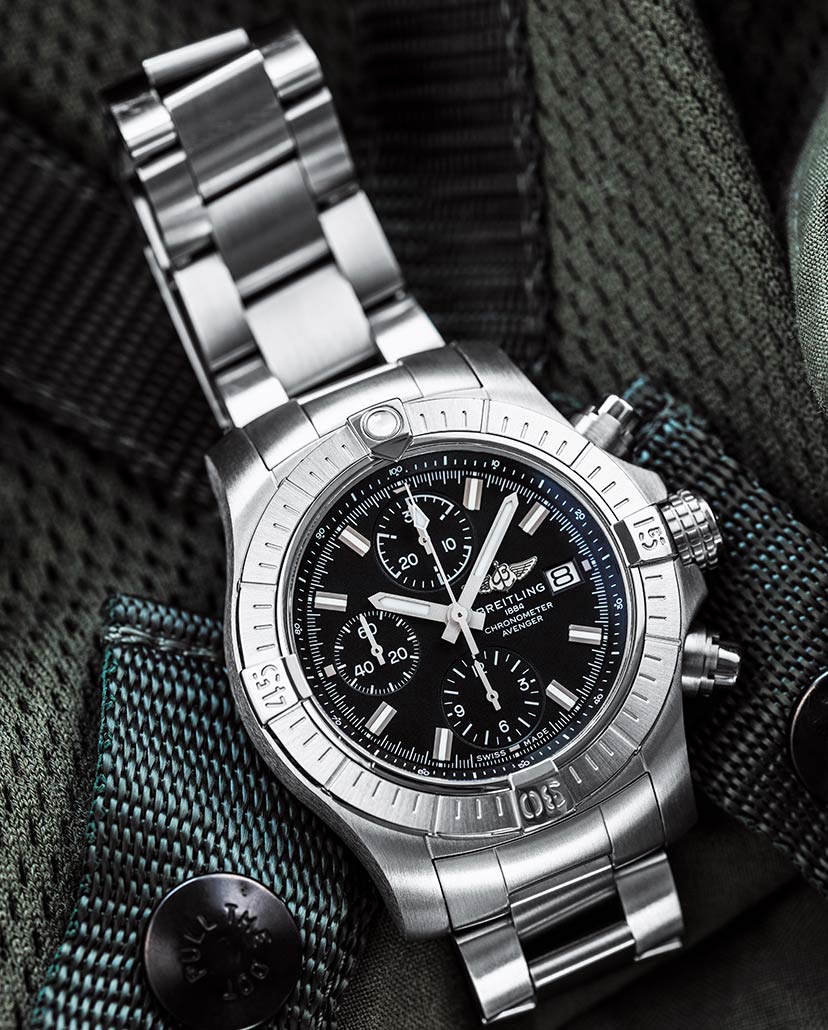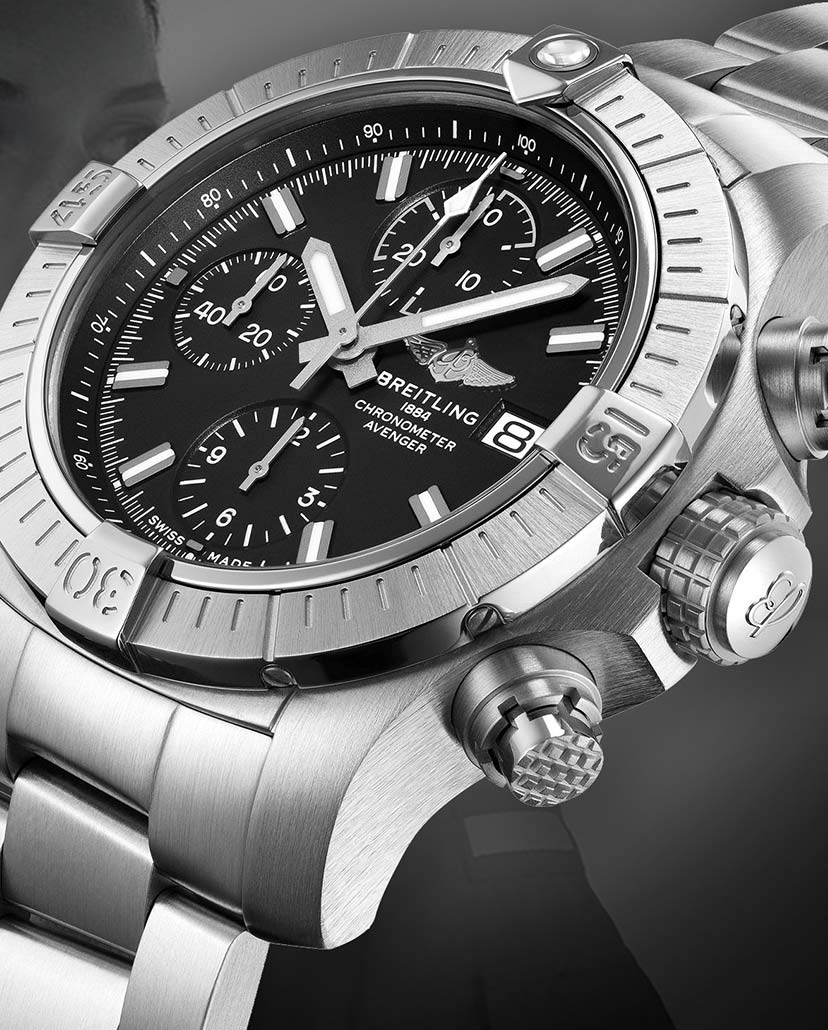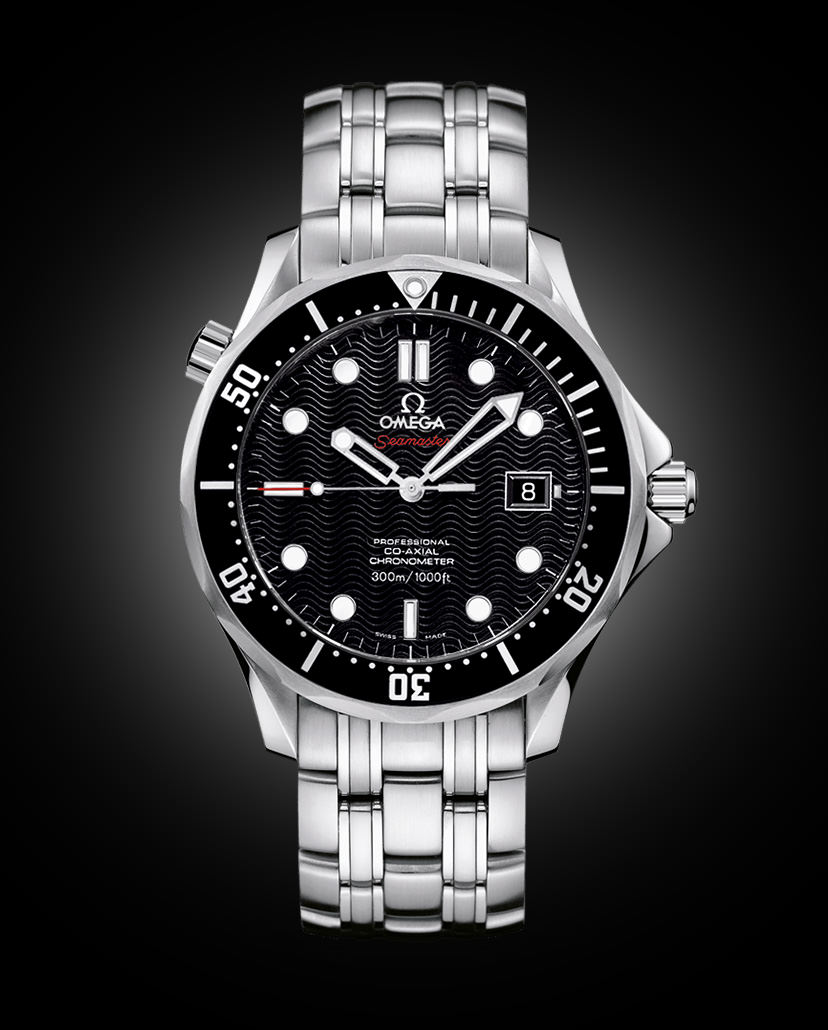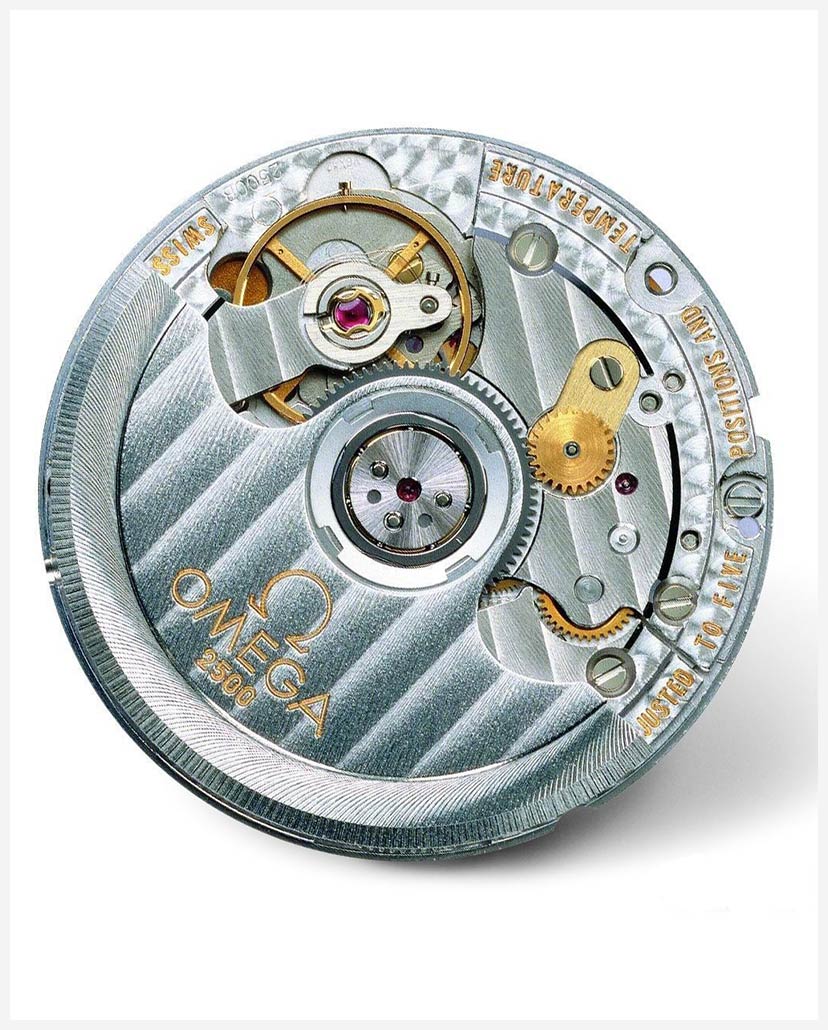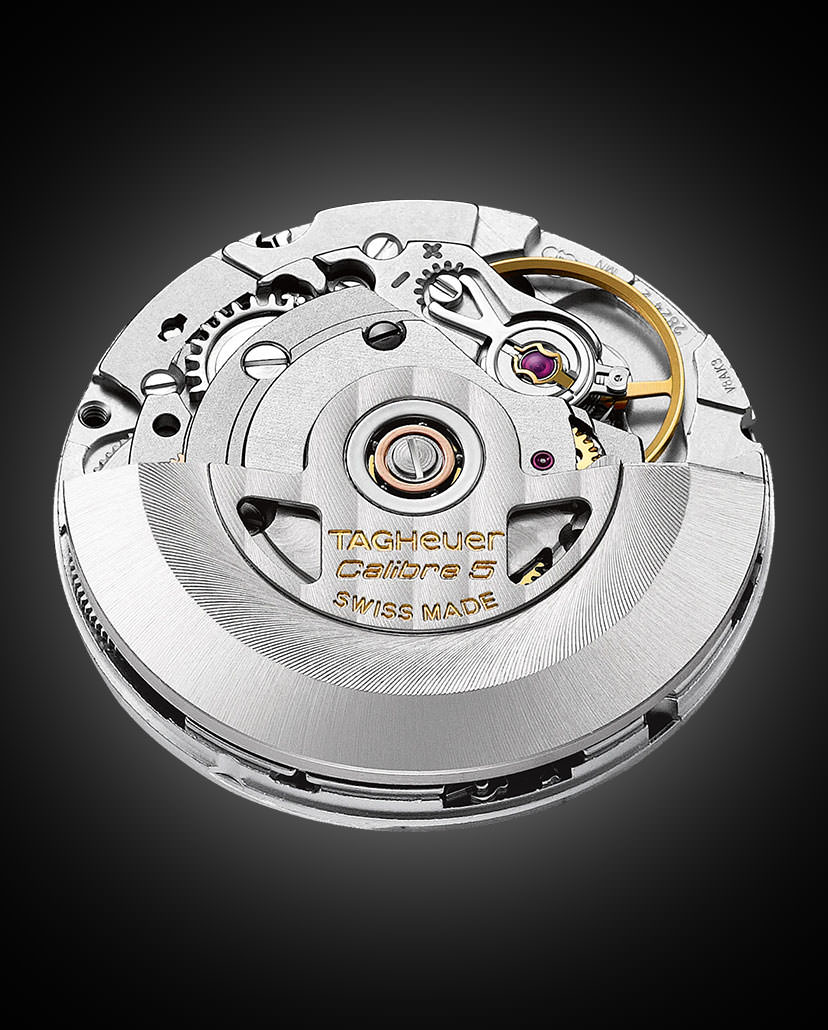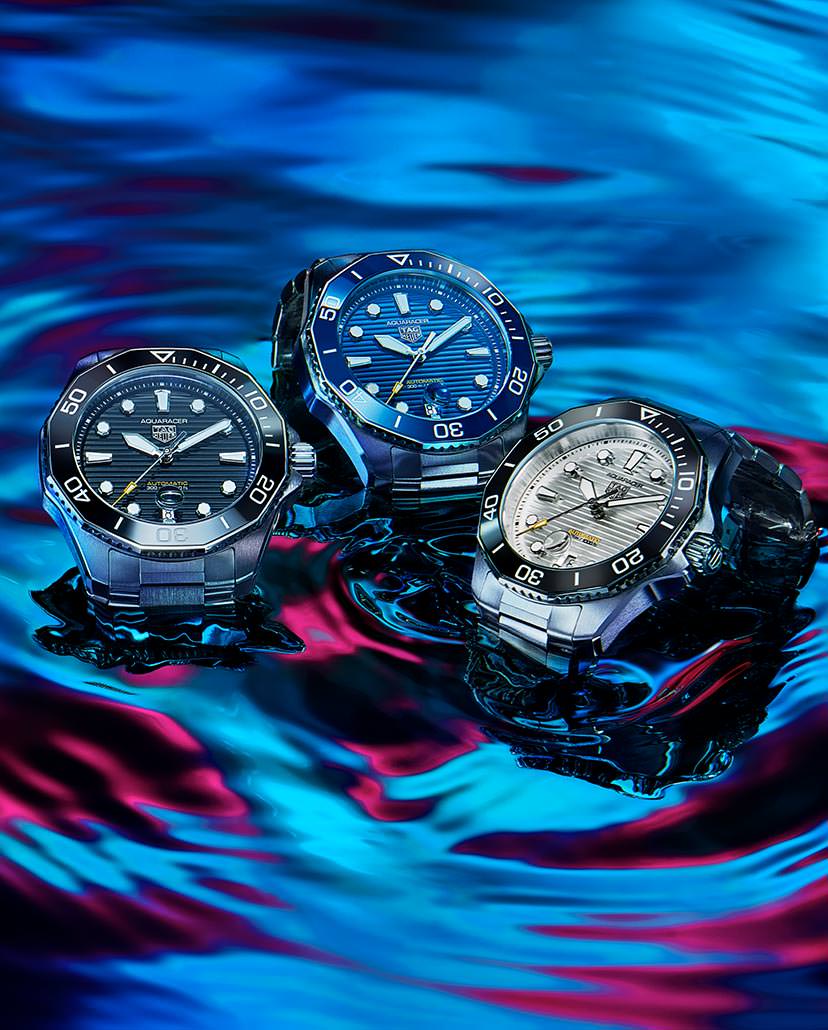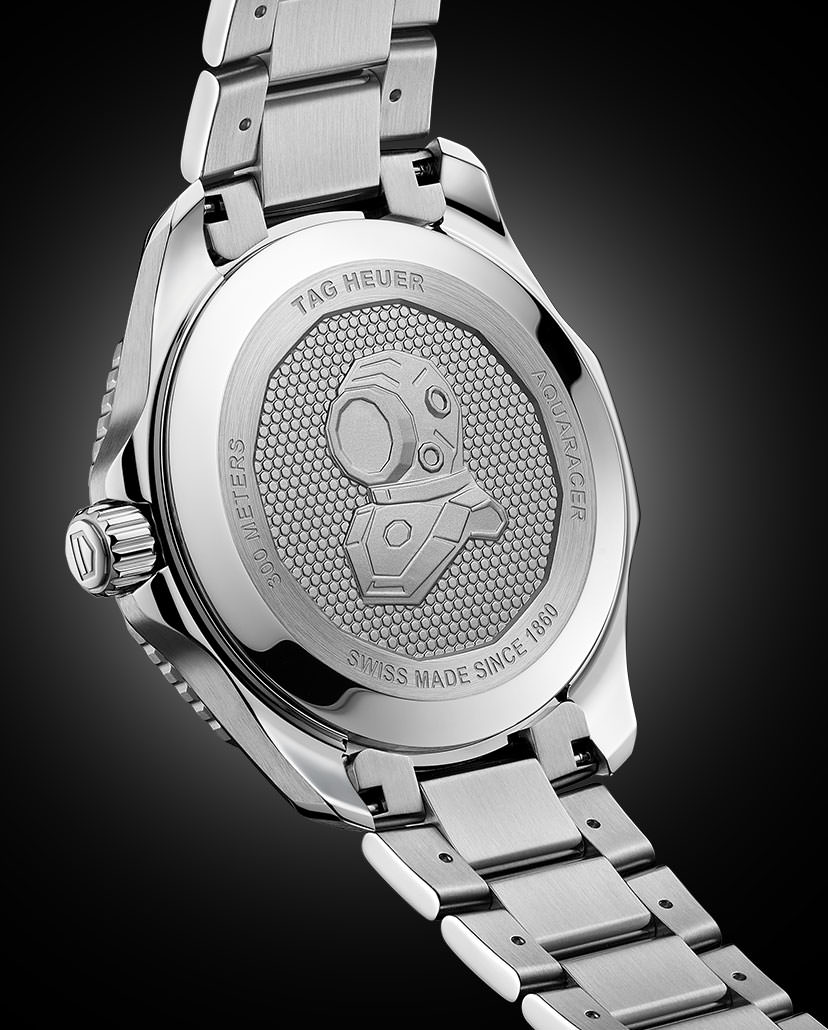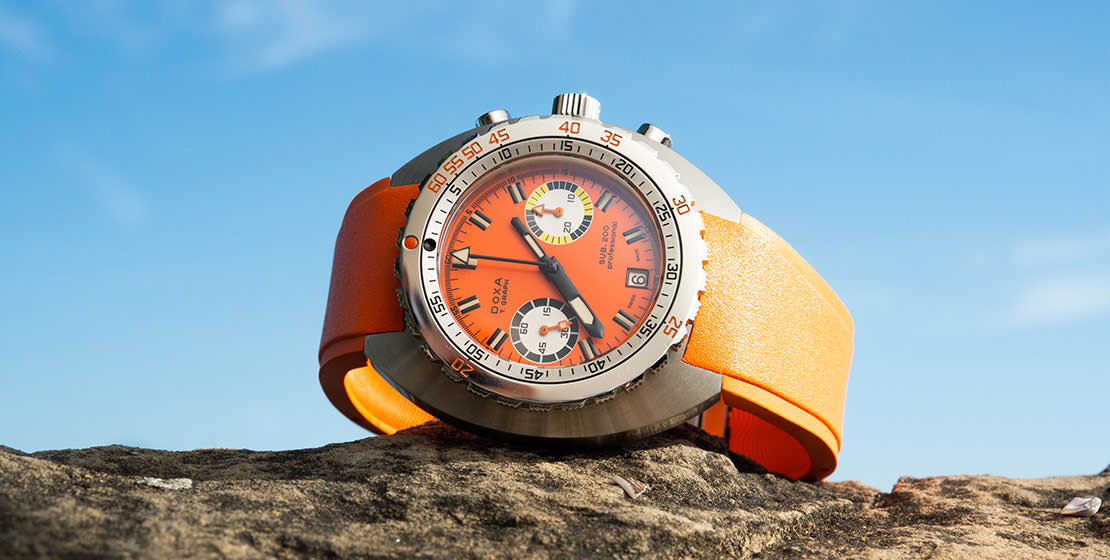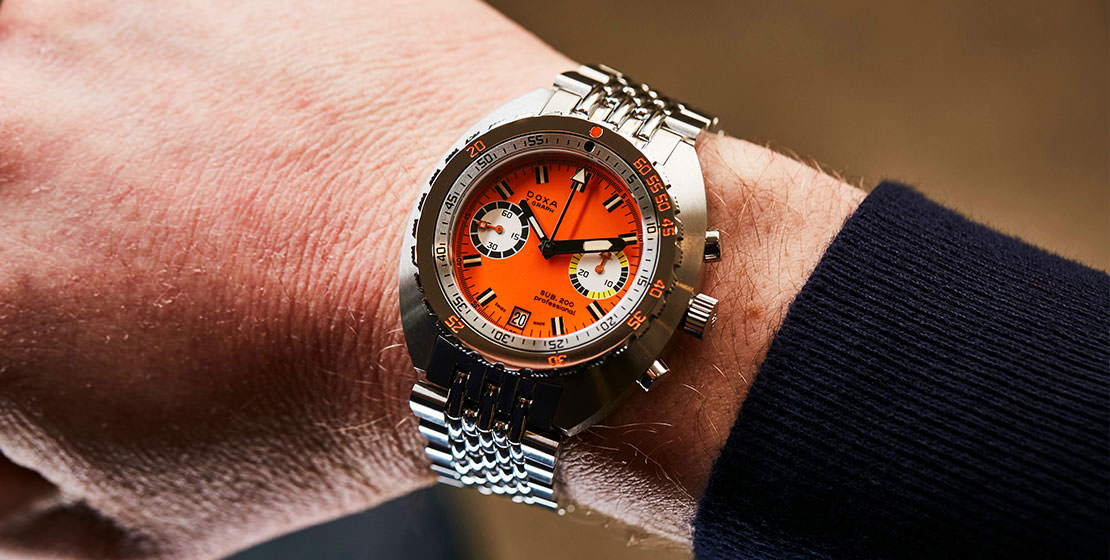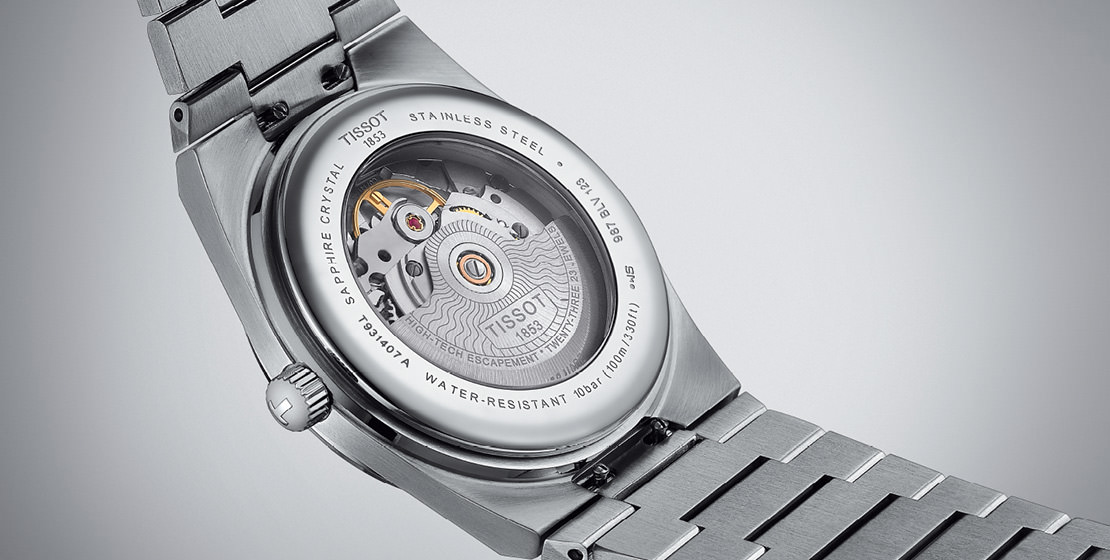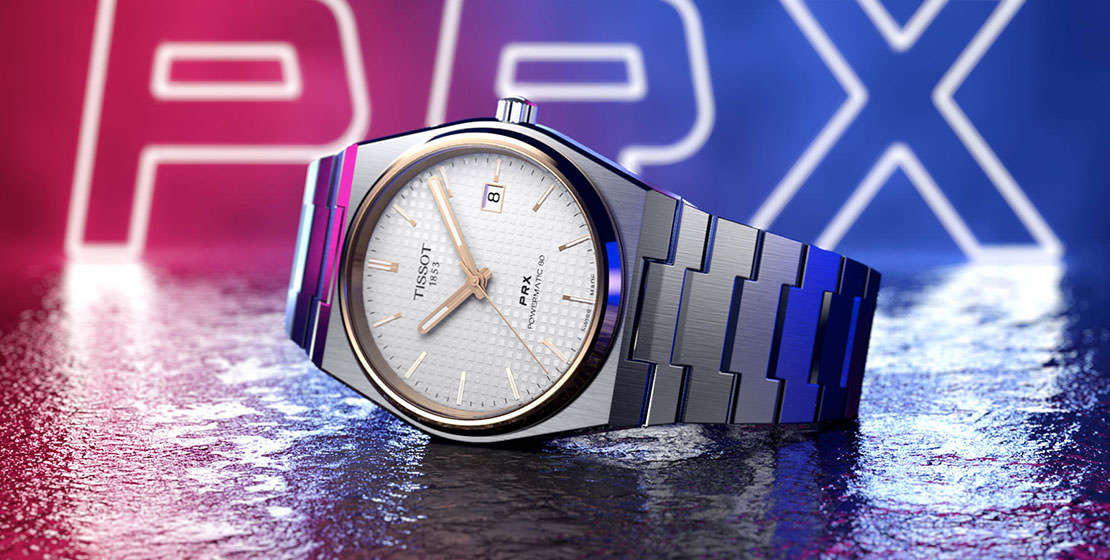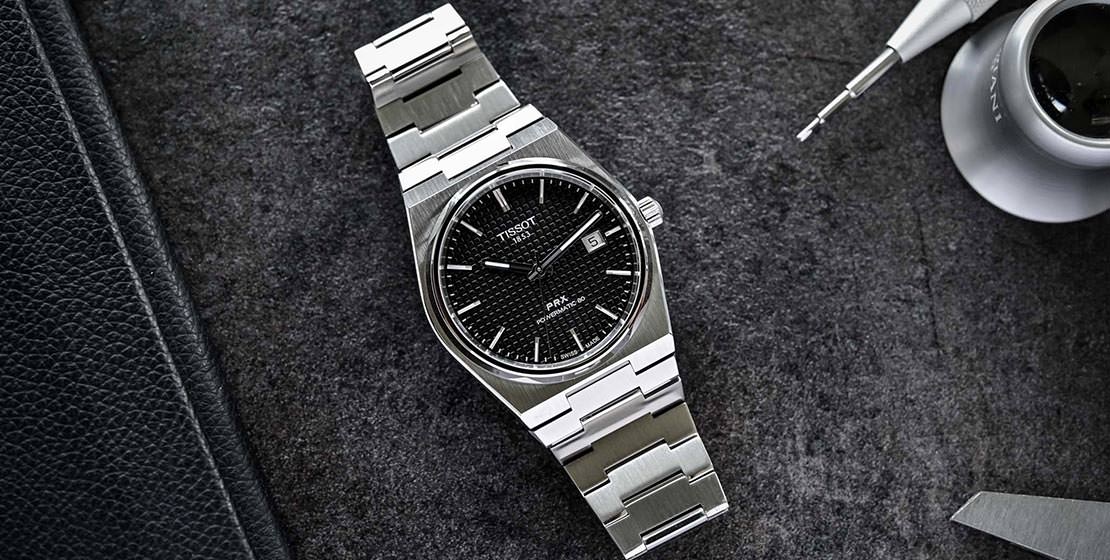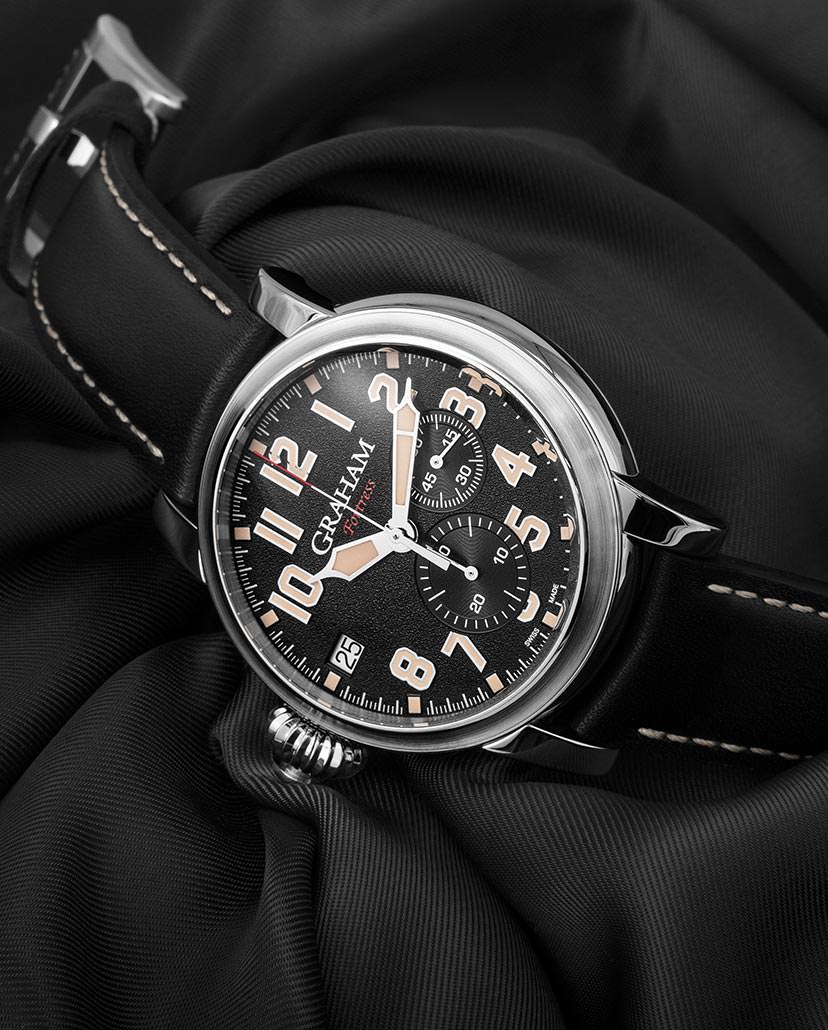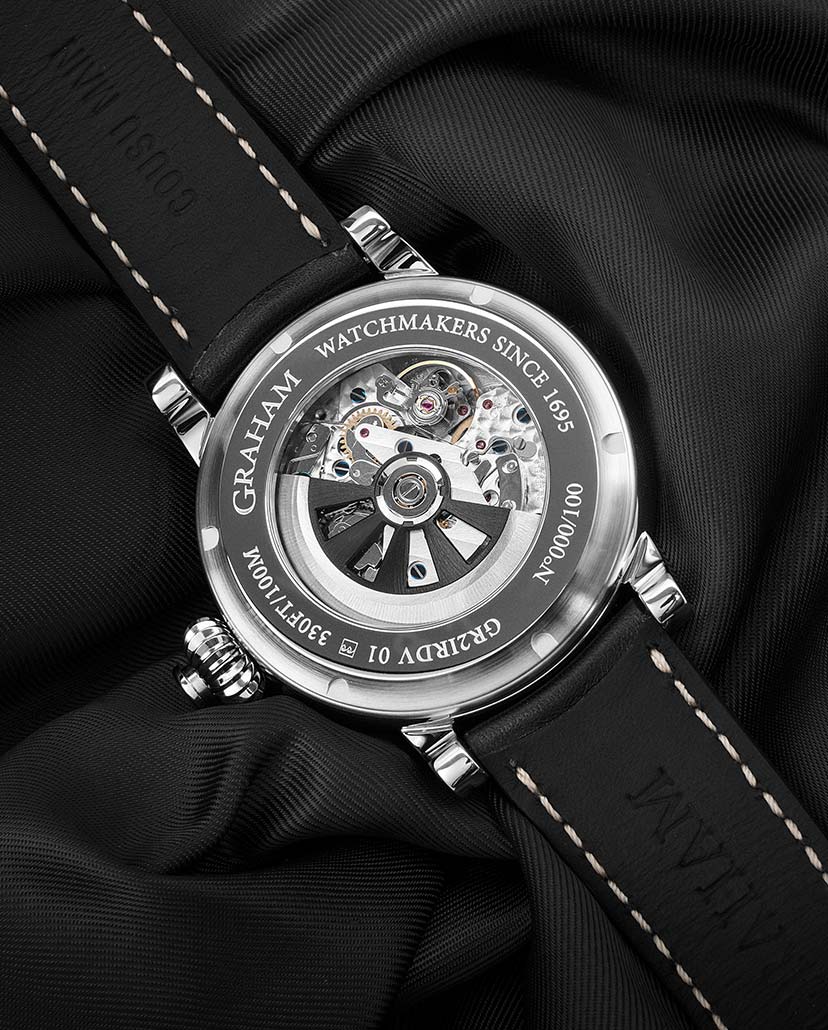FeatureETA: A Brief History And How They Became The Largest Movement Supplier Of The Industry
When it comes to manufacturing reliable and durable watch movements, ETA SA have been the foremost brand in the industry. Established in 1856, they have gone through dizzying highs and lows yet their obsession with crafting top-notch calibres never faded away. Here’s a look into their journey and some of the most famous movements produced by them
May We Recommend
In the past few decades, the horological industry has witnessed some of the most advanced and forward-looking technological developments in its history. With enhanced power reserve, better anti-magnetic components, consistent accuracy and mind-boggling performance, modern timepieces are equipped with features that were once impossible to imagine, let alone the execution. These technical milestones have been mostly achieved by watch manufacturers in two ways—one, through movement modification; and the other, by crafting in-house movements. Although the latter has become like a holy grail for serious watch manufacturers, it’s extremely difficult to manufacture a reliant and accurate calibre from scratch. Therefore, it’s not surprising that a large number of watchmakers use several off-the-shelf movements, often further developing them, to add modules and functions, without compromising on the basics of precision and durability.
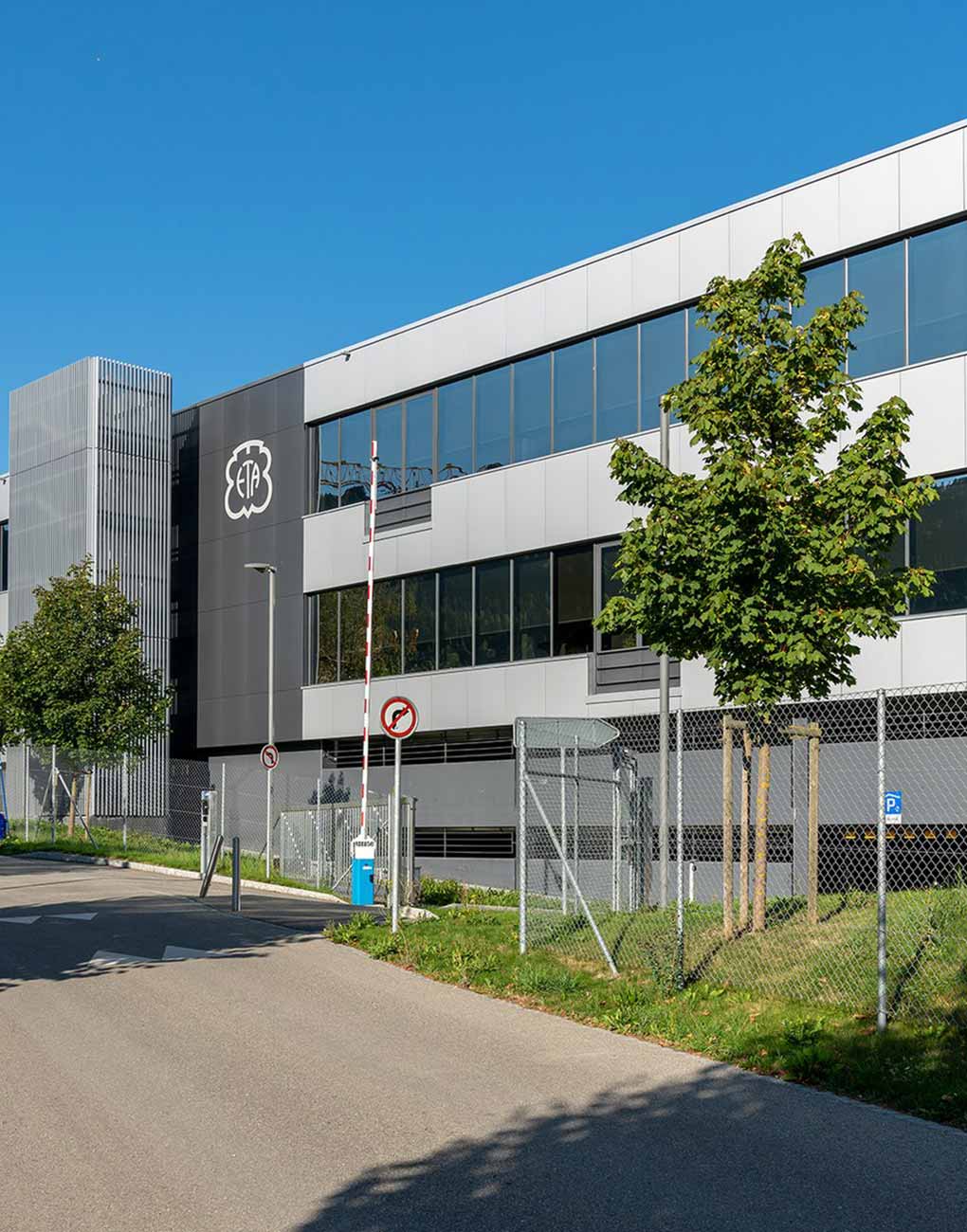
One of the biggest suppliers of movements to such watch brands is the ETA SA Manufacture Horlogère Suisse—popularly known as just ETA. Headquartered in Grenchen, Switzerland, and a wholly-owned subsidiary of the Swatch Group, the movement manufacturer are recognised for their dependable and extraordinary calibres, which come are reasonably priced. Having gone through several ups and downs over the years, ETA remain a formidable force in the industry and have played an integral role in shaping Swiss watchmaking. Let’s delve a little deeper into the history of this powerful company and get acquainted with some of their most famous movements.
Tracing Back Their Roots
The story of ETA begins in 1856 in Grenchen, when Urs Schild, a 28-year-old schoolmaster, and Dr Joseph Girard founded a watch movement factory that later came to be known as Eterna. Although it quickly garnered praise for its movements, the factory didn’t transform into a bigger brand until Theodor, Schild’s younger son, came to the helm. He not only successfully steered the company into the 20th century but also set up a watch assembling facility in addition to the already well-established watch movement-making unit. Thanks to Eterna’s cutting-edge technology and drive for innovation, they were recognised across the globe and opened up several branches, including the ETA SA branch that was established in 1896. However, their success didn’t last forever and due to dire economic and production situations after the end of World War I, they had to partner with other movement manufacturers to fight for survival.

In 1926, in a bid to make a larger conglomerate and address price- and production-related issues, the three largest movement makers—Eterna, Fabrique d’horlogerie de Fontainemelon (FHF), and Adolphe Michel SA (AMSA)—came together and formed Ébauches (a French word for ‘movements’) SA. The new company rapidly expanded by acquiring a host of different movement-manufacturing establishments and became Switzerland’s largest producer of watch movement blanks that were used as base material by watch manufacturers who then added their own components. But then, the Great Depression of 1929 hit and all the movement manufacturers had to once again re-strategise their businesses. This led to the formation of the General Swiss Watch Industry AG (ASUAG).
Path To Glory
Reeling from the crippling consequences of the economic downturn, Ébauches SA and many other Swiss companies decided to join forces and created ASUAG in 1931. Partly funded by the Swiss government, the larger company aimed to create a super holding that would amalgamate and subsequently direct the industry. However, before Eterna could become a part of ASUAG, Theodor split the brand into two parts: one to join ASUAG and the other to manufacture complete watches. So, Eterna remained a company assembling watches while their movement-making division was named after their ETA SA branch.
After the merger, ETA began manufacturing automatic movements and became one of the few manufacturers to be able to do so. It was this exclusivity that helped ETA gain the admiration and respect that they still have. By 1948, ETA built their own watchmaking school where they trained craftsmen to help them craft brand new movements. One of the most innovative inventions that the manufacturer later came up with was the incorporation of ball-bearings in their automatic-winding mechanism. They eventually introduced Eterna-matic, the first automatic wristwatch with this innovation and it was an instant success.
The final round of crises for ETA and the movement industry came with the advent of the quartz revolution during the 1970s, and much like the 1920s, the manufacturing giants faced a behemoth threat to their existence. As ASUAG incurred huge losses, Ébauches SA decided to merge all the movement manufacturing companies of ASUAG, such as FHF, Unitas, Peseux, and Valjoux into ETA. As a result, by the early 1980s, ETA had not only become the largest movement manufacturer in the world but also possessed an invaluable legacy, and hundreds of years-worth of diverse watchmaking know-how that they inherited from the acquired companies.
Joining Forces
As the quartz crisis persisted and the debts kept mounting, ASUAG finally united with their rival Swiss Watch Manufacturers Association (SSIH)—formed in 1929, comprising 28 companies, including Tissot and Omega—in 1983, to form SHM group. This was the predecessor to the modern Swatch Group, the world’s largest watch company. Meanwhile, ETA continued to be the main source of providing watch movements and individual movement parts, both within and outside the Swatch Group. With the exception of hairsprings that were primarily manufactured by their sister company Nivarox, ETA eventually gained a virtual monopoly in producing each and every component that goes into creating a calibre.
Despite having gone through so many twists and turns, ETA’s passion for crafting top-notch movements never faded away and they kept innovating and refining their calibres. Over the years, they have produced several movements that exemplified their expertise in the production and assembly of this crucial mechanism. Some of the most notable movements by them are the ETA 2824-2, ETA 2892-A2 and ETA 7750. Let’s take a closer look at them and understand what made these particular calibres so special.
ETA 2824-2
Dubbed as ‘workhorse’ by watch aficionados, the ETA 2824-2 was introduced back in 1982. Beating at a frequency of 28,800vph, the automatic movement consists of 25 jewels and has the capability of storing a minimum power reserve of 38 hours. Today, it’s one of the most well-known calibres in the market and is synonymous with reliability and accuracy. Available in four quality levels—standard, elaborated, top, and chronometer—the ETA 2824-2 has powered countless timepieces made by brands such as IWC and Tissot. Several watch manufacturers have also used this movement in some or the other modified way to add more functions and refine its capabilities. For instance, Tissot altered the calibre by using a better quality spring barrel and reducing its frequency from 28,800vph to 21,600vph. These modifications helped the watchmaker enhance the power reserve of the movement to an impressive 80 hours. Tissot named their version of ETA 2824-2 as the Powermatic 80 and it can be found inside several timepieces made by them.
ETA are still crafting this efficient yet affordable movement but they have lost the patent on its design and, therefore, there are several clones of the ETA 2824-2 available in the market. The most famous one is made by Sellita, a Swiss movement manufacturer that was established in 1950 and operated as one of ETA’s major outsourced assembly company for their movements until 2003. Sellita also make the copy of ETA 2892-A2 and ETA 7750 but they are cheaper and not as well-built as the ETA calibres.
ETA 2892-A2
Launched in 1999, the ETA 2892-A2 is considered to be the best movement ever produced by the Swiss-based manufacturer. Owing to its thickness of just 3.6mm, the calibre has been widely used to power ‘upscale’ Swiss timepieces and is available in three grades, elaborated, top, and chronometer. Featuring 21 jewels, it offers a frequency of 21,600vph and can run autonomously for 42 hours. The movement first came into the limelight when Omega decided to use it as a base to include their first-ever co-axial escapement that drastically reduced friction in comparison with the usual Swiss lever escapement. This modified version of ETA 2829-A2 was rebranded as the Omega 2500 and it powered watches from their flagship collections, such as the Seamaster and De Ville. Another brand that used this movement a lot were Breitling. They tweaked it to fit in their trademark chronograph module and placed the movement inside several watches, including the famous Transocean Automatic Chronograph. Even after more than two decades since its launch, the ETA 2892-A2 continues to dominate the watch industry and is widely used by many watch manufacturers.
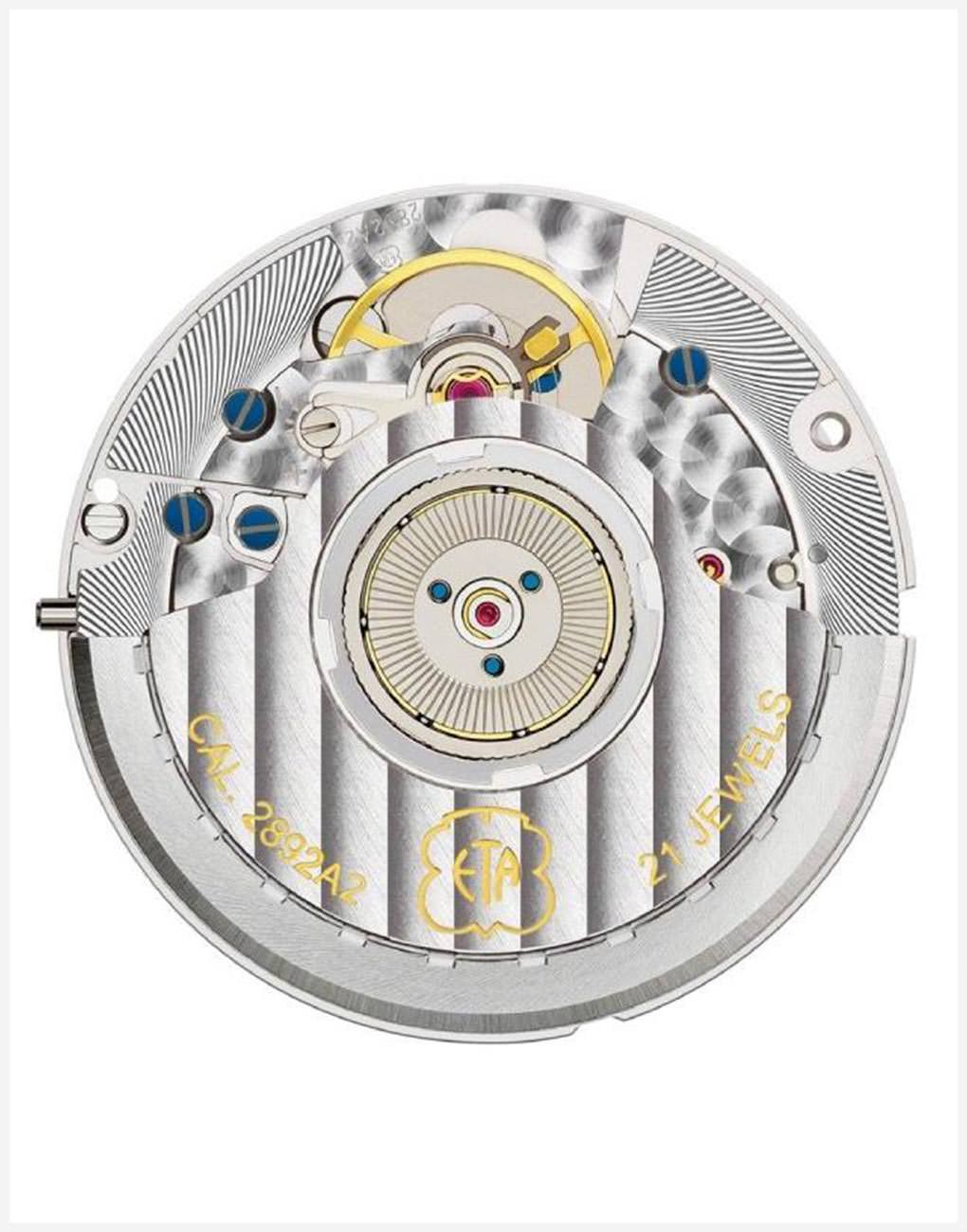
ETA 7750
Undoubtedly, the ETA 7750 is the most popular movement that ETA have ever come out with. It was formerly known as Valjoux 7750 as the calibre was initially crafted by Valjoux, a Swiss-based movement-manufacturing company that was acquired by ETA in 1983. Owing to its durability, inexpensive design and ease of mass-producing, the calibre garnered immense popularity and by 2004, it was powering most of the chronograph timepieces available in the market. There are hardly any popular watchmaking brands that didn’t use it to equip their watches. Omega used it in their Speedmaster range, TAG Heuer equipped their Aquaracer and Link range with it, IWC featured this movement in their Pilot Chronograph collection and other brands such as Tissot, Panerai, and Longies also used the ETA 7750 with or without any modification. Available with the a frequency option of 21,600vph or 28,800vph, the calibre can store a power reserve of 48 hours and features 25 jewels along with counters for minutes, seconds and hours. A standard of flawless performance and accuracy, the movement is still in production even after more than five decades since its launch and continues to capture the attention of watch collectors.


